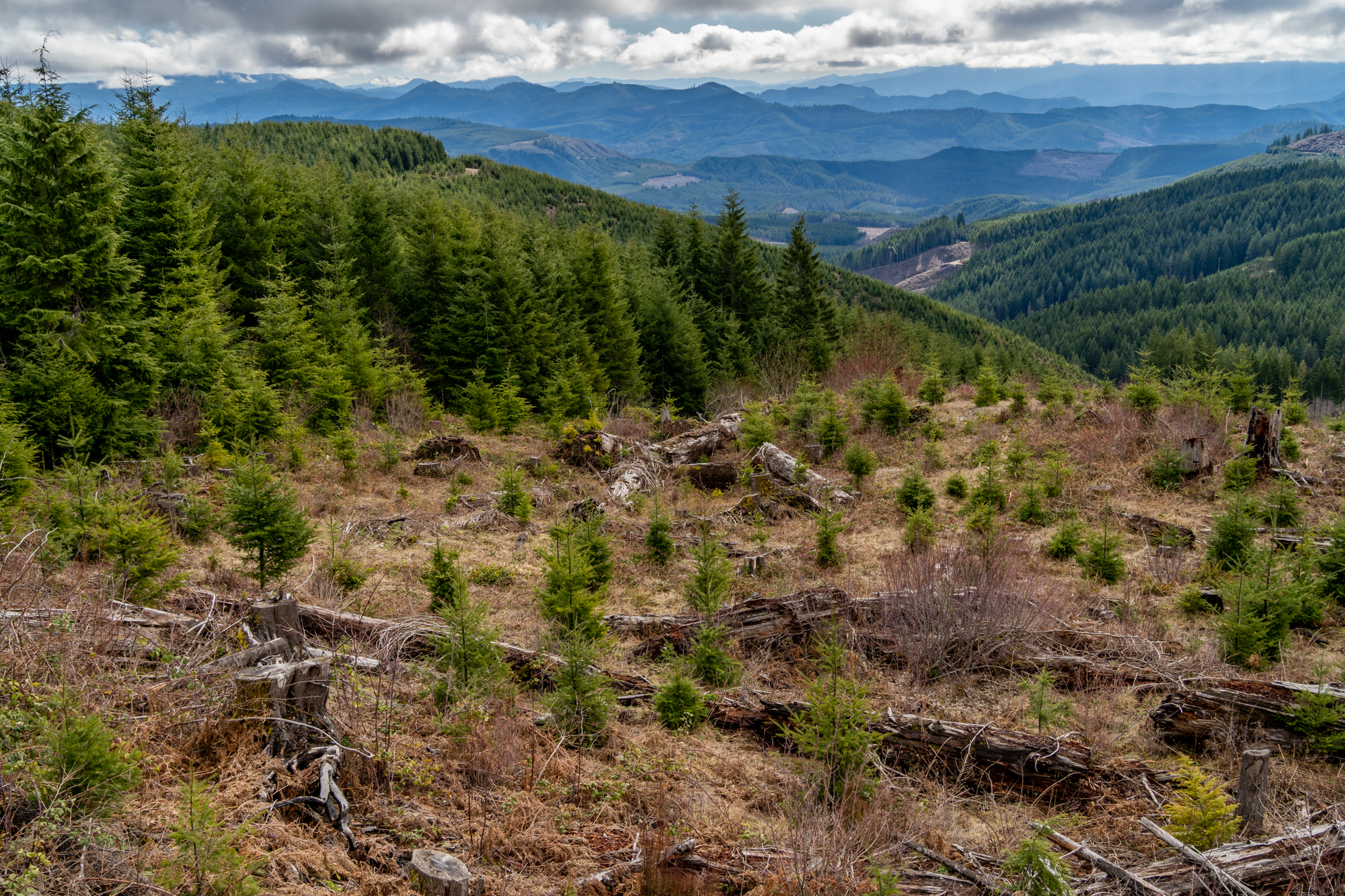
Home
Mass Timber Rising
Sustainable Forests
Tall Wood – Low Carbon
Fuels to Frame
About
Tall Wood is Hot – Here’s Why
Strong Start – Room to Grow
Making Cities Part of the Solution
Buildings are a climate problem; according to the World Green Building Council, buildings account for 39% of global carbon CO2 emissions: 28% from operational emissions (heating, cooling, keeping the lights on etc.) and the remaining 11% from material and construction1. Carbon dioxide emissions are the main drivers of global climate change.
This problem won’t go away on its own. Global population is expected to hit 8.5 billion by 2030 and the global building stock is expected to double in size by mid-century.
If buildings are a problem, can forests be the answer?
Forests store enormous amounts of carbon, most of it in living trees. The rise of mass timber construction is showing how cities can be a part of the climate solution by decreasing the carbon footprint of material used in buildings. This is where forests and wood products have an important role to play.
The vast forests of the Pacific Northwest are many things to many people. They are woven into the region’s history and cultural identity. They offer clean water, wildlife habitat, carbon storage, recreation, and they provide a diverse array of forest products. The forest sector remains an important economic force in the region, especially in rural communities.

A managed forest in western Oregon. Forests store valuable carbon and provide long-lived wood products that can offset carbon-intensive building materials.
Increasingly, forests are recognized and valued for their role in combating climate change by acting as vast carbon pools. Trees store carbon as they grow and release it when they die and decay. Wood is approximately fifty percent carbon and long-lived wood products store carbon throughout their useful life. The preeminent body on climate change, the International Panel on Climate Change (IPCC) recommends in the 4th Assessment Report that2,
“In the long term, a sustainable forest management strategy aimed at maintaining or increasing forest carbon stocks, while producing an annual sustained yield of timber, fiber, or energy from the forest, will generate the largest sustained mitigation benefit.”
Wood is one of the oldest and most widely used building materials. In the U.S. over 90 percent of all new houses are framed with wood and sheathed in plywood or other wood-based paneling.3 But now wood construction is going tall. Cities of the Northwest are at the vanguard of building tall wood buildings with mass timber.
The enthusiasm for mass timber construction is driven by both technology and ecology. Digital fabrication and advanced manufacturing enables wood buildings to rise to 18 stories more quickly and with less impact compared to traditional buildings. And as producing wood products takes far less energy than building with conventional, tall wood buildings can serve as important carbon stores. A second forest, if you will, rising into the skyline of our urban centers.
Built on a foundation of sustainable forestry, mass timber construction addresses the pressing need to transition the building industry toward renewable, biophilic wood construction that supports regional economies and healthy sustainable forests.
1Adams, M. et al. (2019, September). Bringing embodied carbon upfront. World Green Business Council. https://www.worldgbc.org/bringing-embodied-carbon-upfront-report-download.
2 IPCC (2007). Forestry. In Climate Change 2007: Mitigation. Contribution of Working Group III to the Fourth Assessment Report of the Intergovernmental Panel on Climate Change, Cambridge University Press, Cambridge, United Kingdom and New York, NY, USA.
3 Dietz, R. (2018, October). Framing Methods for Single-Family Homes: 2018. National Association of Home Builders, https://eyeonhousing.org/2019/10/framing-methods-for-single-family-homes-2018/
Previous
Next
Tall Wood is Hot – Here’s Why
Strong Start – Room to Grow
